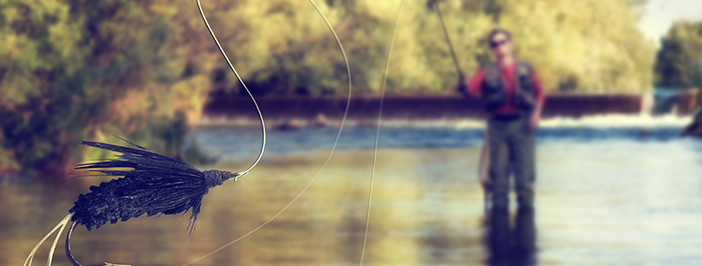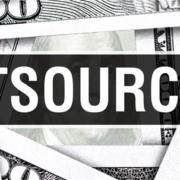When Downtime Isn’t an Option
Fishing isn’t a one-bait-feeds-all activity. There are a huge number of different species of fish inhabiting numerous bodies of water, each with their own preference for different types of bait.
For example, Red Snapper in the Gulf of Mexico prefer cut squid and live baitfish. On the other hand, Alaskan Salmon prefer a spoon lure. Blue Catfish prefer gizzard shads, most baitfish, and even chicken livers.
When fishing for these delicious fish, it’s critical to use the right gear alongside the bait. You’ll need adequate gear that matches the requirements of each fish. There are a countless number of rods, reels, lures, lines, and nets on the market. Each one is suited for specific types of fish.
Once you have a fish on the line, your chances of actually landing the fish are heavily dependent on the performance of your equipment. When a piece of your equipment fails, you’re left with a costly repair bill, a sense of disappointment, and – perhaps worst of all – the lack of a delicious fish dinner after all that hard work.
Fishing for Customers
Your organization has many different customers that you’ve managed to attract using the lures and bait from your company “tackle box.”
To land and keep your customers, you’ve got to use the best equipment possible. Everything needs to be working flawlessly to make the customer’s experience as seamless as can be. But when your equipment stops working for one reason or another, you experience downtime.
Downtime is a period of time where you can’t access your systems and business applications, forcing you to give up on reeling in that big ol’ customer-fish.
Downtime is particularly dangerous for two reasons.
The Dangers of Downtime
For starters, downtime actually costs you money. ITIC’s latest survey data finds that 98% of organizations say a single hour of downtime costs over $100,000. That means catching a lot more fish – and cutting a lot more bait– if you can keep your operation going.
Secondly, downtime hurts your reputation. If your organization suffers downtime from a data breach, the potential for loss of customers is considerable. 31% of consumers said they discontinued their relationships with the breached entity following a data breach, while 65% said they lost trust in the organization after being affected by one or more breaches.
In other words, downtime doesn’t just cause you to lose the prospect’s business. It hurts you financially because it lowers the chances of your business operations continuing normally after it occurs.
Solving the Downtime Dilemma
Though downtime may sound grim, there are countermeasures to fight it off. The most effective method for defeating downtime is to prepare ahead of time with a business continuity plan that includes technical, operational and communication measures to keep work going for employees and customers.
Planning ahead gives you options to choose from – options that are useful for different types of downtime.
For example, if ransomware attacks your data and locks it all up, having a backup solution that you can restore from will minimize downtime effectively. If a natural disaster destroys your office space, you can prepare ahead of time using a dedicated recovery site as a work zone.
There isn’t a one-size-fits-all approach to dealing with downtime. Each company must prepare their business continuity plan while considering the challenges that they face, along with the challenges that they could face.
Your best bet for creating a comprehensive plan is to partner with an expert that’s done it before. Like a master angler passing down fishing secrets, a business continuity professional can impart valuable knowledge and guidance. It will help you preserve your energy and your equipment while you protect the data for all your big fish.
Our team at Affinity want to be your business continuity partners (and fishing buddies, too). Together, we can build the perfect plan for your business that will stave off downtime for good.
Ready to get started? Take the bait and work with us today.











